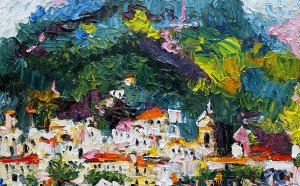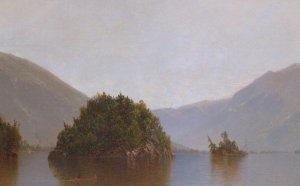Oil paintings of Venice Italy
Share this Post
Related posts
Oil Paintings of Italy
DECEMBER 31, 2025
Jan Van Eyck is the Flemish painter often credited as the first master, or even the inventor of oil painting. That he was…
Read MoreHudson Valley School of Paintings
DECEMBER 31, 2025
Frederic Edwin Church will forever be associated with the Hudson River Valley, where he painted and made his home; he is…
Read More





